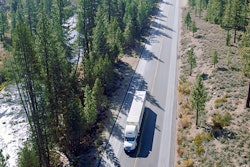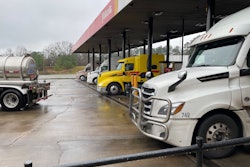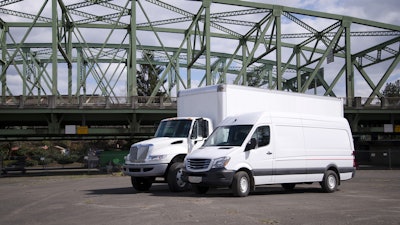
With the 2022 Truck Renting and Leasing Association (TRALA) Annual Meeting now underway in Miami, the lease and rental (L&R) market has taken another step forward in its return to normalcy.
If only it could get some more trucks.
Now two years removed from the sudden market upheaval created by the pandemic, lease and rental demands are at all-time highs. Astronomical freight rates and volume and new truck production bottlenecks across the trucking sector continue to drive more and more carriers into the L&R market.
“We are busier than we’ve ever been,” says Dean Vicha, president, NationaLease. “We’re coming off a record year in 2021 and thus far we are well ahead of 2021’s pace [in 2022]. Demand is stronger than it’s ever been.”
PacLease is also experiencing increased customer demand. Director of Sales Chuck Davis says the circumstances in the freight and equipment markets have pushed more customers toward leasing, though he also notes not all of PacLease’s recent growth has been driven by the linehaul market. Davis says PacLease’s vocational business also has boomed as more specialized sectors, such as construction, have turned to leasing to improve their maintenance routines.
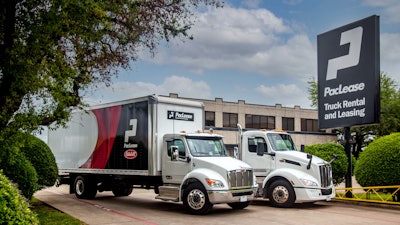 PacLease has more than 450 locations across Kenworth and Peterbilt dealerships and runs more than 28,000 power units.
PacLease has more than 450 locations across Kenworth and Peterbilt dealerships and runs more than 28,000 power units.
“A lot of those companies used to buy trucks and do maintenance on their end. Now that’s getting tougher and tougher to do so they’re looking for alternatives,” he says.
“We have seen much less transactional business. Due to current supply backlogs and rising demand for new trucks, more customers are taking advantage of long-term rentals to supplement their needs for trucks with our fleet,” says Five Star Idealease’s Collin Dean, general manager. “We haven’t really seen a shift in preferences, just an increase in demand in the long-term rental business.”
Meeting this customer demand hasn’t been easy for L&R operations either. Not in an environment where new trucks and trailers are so consistently hard to come by.
[RELATED: New FMCSA boss expects Movement on Truck Leasing Task Force starting soon]
Davis says PacLease has prioritized existing customers in managing additional customer demand.
“That’s our first obligation,” he says. “We take care of that group as best as we can.” The company has extended leasing terms and leveraged its rental assets to keep customers in equipment in situations where their next batch of trucks are not yet available. Some individual dealers also have turned to the used truck market to add units when faced with production shortfalls.
The story is similar at NationaLease. Vicha says when the company enters business with a customer, “we promise uninterrupted transportation 24/7. We have an uber focus on taking care of the customers we have a relationship with and continuing to meet their needs.” He says NationaLease’s national accounts sales team has prioritized connecting with customers as often as possible to address ongoing and future equipment demands and says individual members are trying to do the same.
Fortunately, most customers are aware of the industry’s equipment inventory challenges, which has helped motivate customers to be prompt in placing orders and accepting of extending leasing terms or accepting rental units when needed.
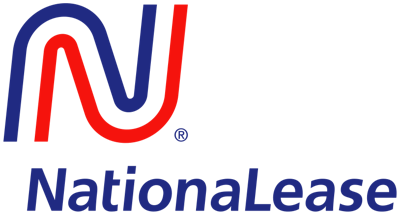 NationaLease has more than 1,000 locations across its network in the United States and Canada and operates more than 85,000 power units and 95,000 trailers.
NationaLease has more than 1,000 locations across its network in the United States and Canada and operates more than 85,000 power units and 95,000 trailers.
Dean says Five Star Idealease is leaning on its core business values to meet increased customer demand. The company is “leveraging our customer relationships to help find creative solutions to meet their needs. We are committed to going the extra mile for our customers, particularly during challenging and unprecedented times.”
And despite the availability issues they’re facing, L&R fleets say they’re still onboarding new customers. The current climate has just forced them to be more selective about how they expand.
[RELATED: Buy or lease: Which is right for your customers?]
“It’s allowed us to be choosier about who we do business with,” Vicha says. “We have to be picky about who we’re going to be giving our [equipment] allocation to.”
Davis says PacLease’s rental fleet remains the quickest path for getting a new customer into a truck. Order slots are being provided when available, and the company is being open about the challenges it faces in getting new and existing customers into new units.
“We’re trying to be very transparent with customers about what we can do and what is unknown,” he says.
 Five Star Idealease is just one of hundreds of Idealease dealers across North America. The company has ten locations throughout Pennsylvania.
Five Star Idealease is just one of hundreds of Idealease dealers across North America. The company has ten locations throughout Pennsylvania.
In the meantime, L&R companies are managing their fleets as best as they can. Trade cycles continues to extend by necessity and maintenance schedules are becoming even more detailed. With little to no equipment reserves in their rental fleets, leasing companies have no alternative but to carefully monitor all their equipment in hopes of keeping downtime to an absolute minimum.
“To avoid increased maintenance costs, we stick to a rigid preventative maintenance plan and take advantage of International’s OnCommand Connection program to mitigate potential breakdowns and disruptive downtime,” says Dean.
In this market, downtime is crippling for everyone.
“For customers, a truck being in the shop for three or four weeks is as bad as a truck not being built for three to four weeks,” Davis says. “It’s still a truck they need but don’t have.”
Yet despite all these challenges, no one in the L&R sector seems to be complaining. Not after what they experienced in 2020.
“Today is March 31. If you would have told me on March 31, 2020, this is what we would be dealing with now I would have signed up for that immediately,” Vicha says. “We were looking at less than 50 percent utilization, customers turning in trucks early … everyone was putting a torniquet on their business.”

